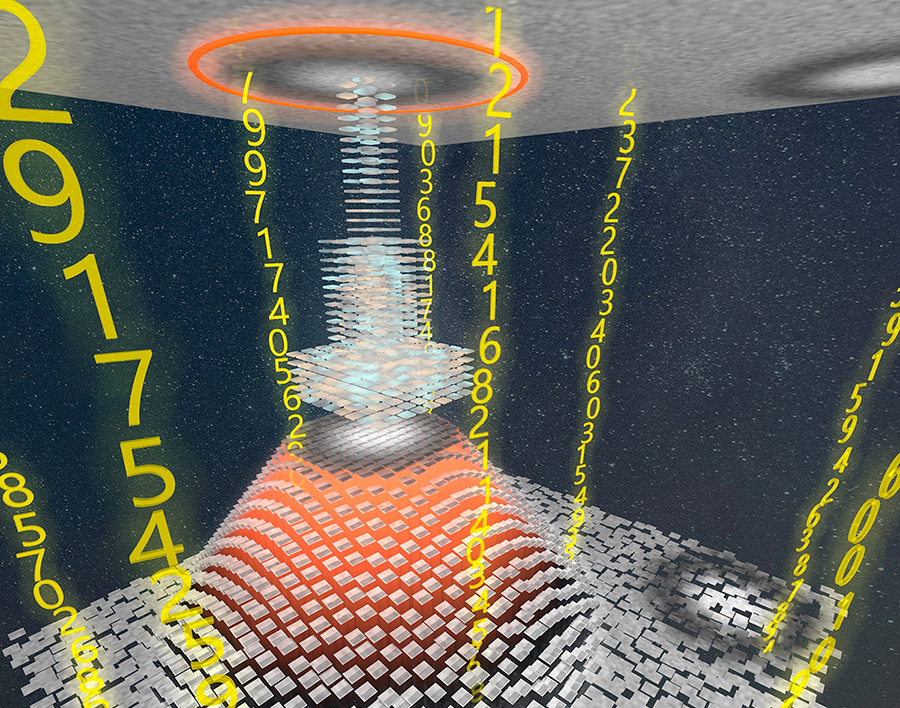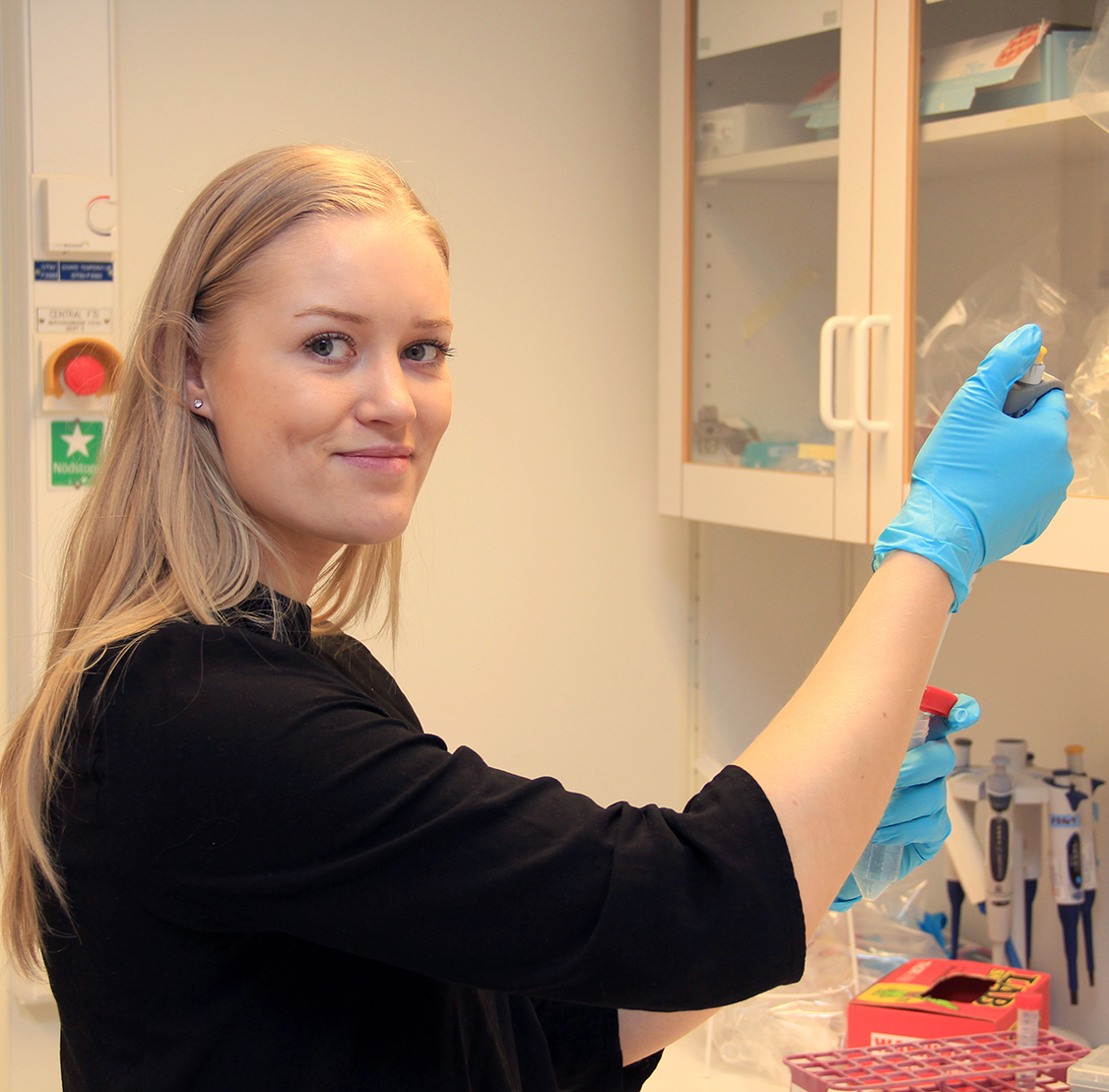- Home
- News and events
- Find news
- She has discovered a new method of using AI
She has discovered a new method of using AI

Illustration by Aykut Argun.
Her research on so-called micro swimmers led to discovering a new method of using artificial intelligence in her field. PhD-student Saga Helgadóttir’s breakthrough has attracted the attention of international research groups before her results have even been published.
“My PhD research was supposed to be about bio-hybrid micro swimmers. Basically, bacteria that you attach with cargo in the form of particles. But in order to properly study the micro swimmer’s behaviors I realized that I needed a new analytic method, and that’s how I ended up veering off into the realm of artificial intelligence and neural networks,” says Saga Helgadóttir, PhD-student at the Department of Physics, University of Gothenburg.
The research required a better method
The new method incorporates machine learning and neural networks, subcategories of artificial intelligence (AI).
The method is used to process and analyze images of micro swimmers, in this case a type of bacteria, when they interact with micro particles in a solution.
However, the method is applicable to studies of any form of microscopic organisms and particles.
Traditional, algorithmic methods are normally used for this type of research. This means that the researcher writes a program and gives it rules and parameters that then needs to be defined, re-defined and optimized manually.
“The images I wanted to study, however, proved to be too ‘noisy’ – they contained spots and blotches that were interfering with the positions of the bacteria and particles. This meant I had to change the parameters all the time. It just took too much time since the data volume needed to be so big.”
The machine determines the rules
 Instead of changing the parameters manually, Saga Helgadóttir’s new method allows the machine to decide which ‘rules’ are applicable to the problem at hand. Through many iterations, the machine learns how to make accurate predictions from the input data. For this to work, very large volumes of training data with accurate values are needed.
Instead of changing the parameters manually, Saga Helgadóttir’s new method allows the machine to decide which ‘rules’ are applicable to the problem at hand. Through many iterations, the machine learns how to make accurate predictions from the input data. For this to work, very large volumes of training data with accurate values are needed.
“In my case, working with particles and bacteria, the images are usually spotty. You can easily simulate those kinds of images. So after training the neural network on large quantities of simulated data, we applied it to actual experimental data – and were actually surprised by how well it worked!”
In her two final years as a doctoral student, Saga Helgadóttir will continue to develop the method. Her research has already garnered a lot of interest in her new method just from the pre-print version of the article – which is now published in Optica, the flagship publication of The Optical Society of America.
Saga Helgadóttir has been invited by a research group at the Max-Planck Institute in Germany to give a presentation. Furthermore, she plans to develop a software to run her method, which would help branch use of it out into the medical field of research.
Photo of Saga taken by Alessandro Magazzu
“An illustration of how the neural network extracts information from an image and projects it onto the particle position.”
Title of scientific article in Optica: Digital video microscopy enhanced by deep learning
Link to article in Optica: Digital video microscopy enhanced by deep learning
Contact: Saga Helgadóttir
Doctoral student, Department of Physics, University of Gotheburg
saga.helgadottir@physics.gu.se, +46 31-786 91 57, +46 766-22 91 57